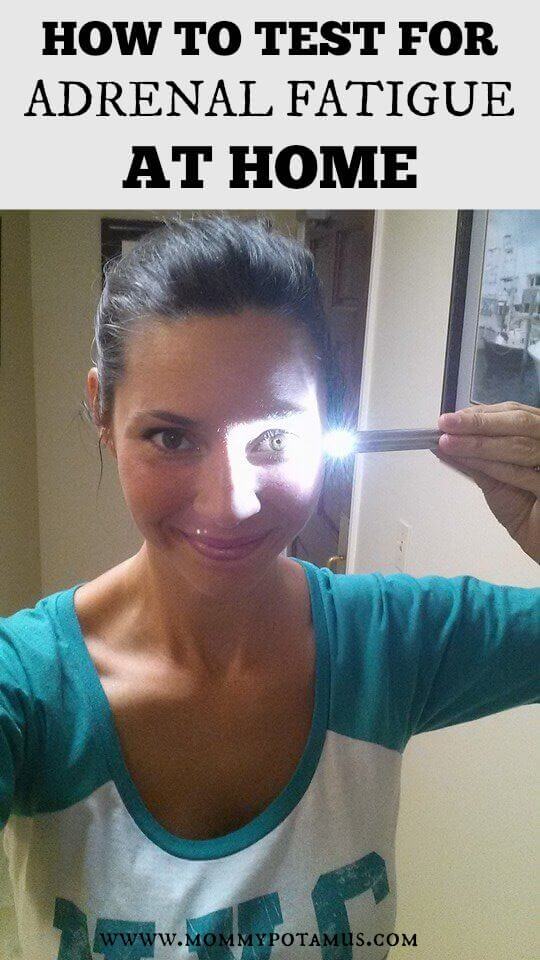
Years ago, when I recovered from severe chronic health issues, I resolved never to be a spectator in my own life again. I will ride the bull, say yes to the CNN interview even though I’m running on a few hours of sleep, and draw silly faces on all the eggs in my fridge.
And I still feel that way, except maybe I will do it tomorrow . . . after a long siesta. . . or later, like when the cows come home. Because frankly, my “Need To Do” list (go to the grocery store) and my “Want To Do” list ( take a NAP) have not been getting along lately. Yes, I love life and want to do ALL THE THINGS, but maybe I shouldn’t try to do them all at once, you know?
Lately I’ve noticed that I’m dragging in the afternoon and have less patience with the potami. Though in the past I would have beat myself up for my “bad attitude” or tried to give myself a pep talk to snap out of it, this time I’m taking a different approach. I’m acknowledging that my adrenals are tired, and I’m taking steps to give them the rest they need.
What Is Adrenal Fatigue?
The adrenal glands, which sit on top of the kidneys, support us through stressful events. They secrete hormones that make us resilient in times of difficulty, like a sleepless night, illness, surgery, stress at work, stress at home, loss of a loved one, meltdowns at the store with toddlers, financial pressure, etc. The challenges – whether they’re short-term, long-term, severe or relatively mild – can sometimes overwhelm the adrenals. Because the effects of stress on the adrenals are cumulative, multiple sources of stress tend to compound the problem.
Unfortunately, some types of stress are hard to spot. In his book, Adrenal Fatigue: The 21st Century Stress Syndrome, Dr. James Wilson mentions a study which measured the stress hormones of a group of nurses working in a pediatric unit. They weren’t aware of any particular stress in their lives, but their lab tests told a different story. According to Dr. Wilson, they “were totally unaware of being under stress, but their cortisol levels were elevated by 200-300%.”
When our adrenals help us through stressful times – perceived or not – they need a recovery phase afterwards. Just like weight lifters need to take a break between workouts so their muscles can rebuild, the adrenals need rest to stay strong.
And now we all see the problem, right? Modern life is incredibly stressful, and most of us don’t get a lot of downtime. Over the course of years, this can weaken our adrenals, making us less able to adapt to stressful events, less productive and more easily irritated.
Are you nodding your head because this sounds familiar?
Then read on – I have good news! My husband and I recently took the kids on a much needed trip to the shore, and I managed to read up on adrenal fatigue and create a plan for my recovery. I was expecting to feel overwhelmed, but just the opposite happened. I discovered several simple things I can do to care for tired adrenals, which I’ll be sharing with in future posts. But first, I’ll bet you’re wondering if your low energy levels could really be related to adrenal fatigue.
What Are The Symptoms Of Adrenal Fatigue?
Though they can vary from person-to-person, according to Dr. Wilson you might have adrenal fatigue if you can say “yes” to some of these statements listed in Adrenal Fatigue: The 21st Century Stress Syndrome:
- My ability to handle stress or pressure has decreased.
- I seem to have decreased in cognitive ability. I don’t think as clearly as I used to.
- I tend to avoid emotional situations.
- I am chronically fatigued; a tiredness that is not usually relieved by sleep.
- I have decreased tolerance. People irritate me more.
- My thinking is confused when hurried or under pressure.
- I am frequently cold.
You can take Dr. Wilson’s full adrenal fatigue quiz here.
Think You Might Have Adrenal Fatigue? Take This Test!
If any of the statements from the adrenal fatigue checklist sound familiar, you’ll want to take the iris contraction test. Now, please keep in mind that – as I wrote in my post on the Vitamin K shot – “Best Boo-Boo Kisser South Of Puckett’s Gas Station” is about as official as things get for me professionally. I am not a doctor and this is not medical advice or a diagnosis. I’m just passing along information from someone who is a medical professional that I found helpful.
Basically, the iris contraction test measures your body’s stamina in response to light stimulation. If your stamina is decreased, this test plus your overall symptoms may indicate that your adrenals are having difficulty supporting you through stressful events.
Here’s what you’ll need to take the test:
- Weak (not too bright) flashlight or pen light
- Chair
- Stopwatch or watch with a second hand (I use a stopwatch app on my phone)
- Mirror
- Dark room
Iris Contraction Test Directions:
In a dark room, sit or stand in front of a mirror for about a minute to allow your eyes to adjust to the light. “Then shine a flashlight across one eye (not directly into it) from the side of your head. [Mommypotamus note: Some practitioners say to keep the light about six inches away] Keep the light shining steadily across one eye and watch in the mirror with the other. You should see your pupil (the dark circle in the center of the eye) contract immediately as the light hits your eye. This occurs because the iris, a tiny circular muscle composed of small muscle fibers, contracts and dilates the pupil in response to light. Just like any muscle, after it has been exercised beyond normal capacity, it likes to have a rest.
The pupil normally remains contracted in the increased light. But if you have some form of hypoadrenia [Mommypotamus note: This is the clinical term for adrenal fatigue], the pupil will not be able to hold its contraction and will dilate [open back up] despite the light shining on it. This dilation will take place within 2 minutes and will last for about 30-45 seconds before it recovers and contracts again. Time how long the dilation lasts with the second hand on the watch and record it along with the date. After you do this once, let the eye rest. If you have any difficulty doing this on yourself, do it with a friend. Have a friend shine the light across your eye while both of you watch the pupil size.
Retest monthly. If your eye indicates you are suffering from adrenal fatigue, this also serves as an indicator of recovery. As you recover from adrenal fatigue, the iris will hold its contraction and the pupil will remain small for longer.” (Source: Adrenal Fatigue: The 21st Century Stress Syndrome)
A Quick Note
I thought this info shared by Susie, a Nutritional Therapy Practitioner, in the comments below was helpful so I’ve updated the post to include it:
“Couple of things to keep in mind for people taking this test:
To address some above comments, in having tested quite a few people this year in NTP school, I find most people’s pupils pulse (release, contract, release, contract, rather quickly), rather than completely releasing for a prolonged period of time. What you’re looking for is a sustained, non-pulsing contraction for 30 seconds. The longer the sustained contraction, the better. Pulsing is better than fully releasing, and some people don’t contract at all, which would be a big indicator.
Secondly, this is an EARLY indicator of adrenal fatigue. Pupillary contraction is not nearly as high on the priority list for your adrenals as, say, blood sugar control or blood pressure maintenance. So not doing well on his test doesn’t mean you’re in dire straights and need major intervention. Having reactive hypoglycemia or scoring poorly on a postural hypotension test (blood pressure dropping when you stand up, getting dizzy/tunnel vision when you stand) are better indicators of real hypoadrenia.”
Okay, I May Have Adrenal Fatigue. What Now?
As Dr. Wilson mentions in his book, there is no test for adrenal fatigue like there is for Strep B. It is diagnosed by assessing symptoms and physiological signs such as iris contraction, blood pressure, and cortisol levels. If the questionnaire I linked to and the iris test both suggest the possibility of adrenal fatigue, it might be wise to request a saliva cortisol test from your healthcare provider – that’s what I did.
A saliva cortisol test is taken at home using a simple kit. Basically, you spit into a vial several times a day, then send the samples in for analysis. The lab will review how your cortisol levels ebb and flow. I’ll explain more in future posts, but for now what you need to know is that an abnormal pattern suggests HPA axis dysfunction, which suggests adrenal dysfunction. (HPA stands for hypothalamic-pituitary-adrenal.)
Quick note: According to Chris Kresser, the best lab test to go with is done by BioHealth, as some other labs have less reliable results. You can request information about their test on this page.
Feeling stressed about the possibility of a positive result? According to Dr. Wilson, in most cases you are your own best advocate when it comes to healing. Some of the nutritional advice is dated, but overall I thought his book was helpful. I’ll be sharing more insights from it (and others) as I go, but if you’d like to you can pick it up here.
Update: Here are my top 15 ways to be kind to your adrenals
I’ll also be sharing tips for helping the adrenals function optimally in future posts. Stay tuned!





